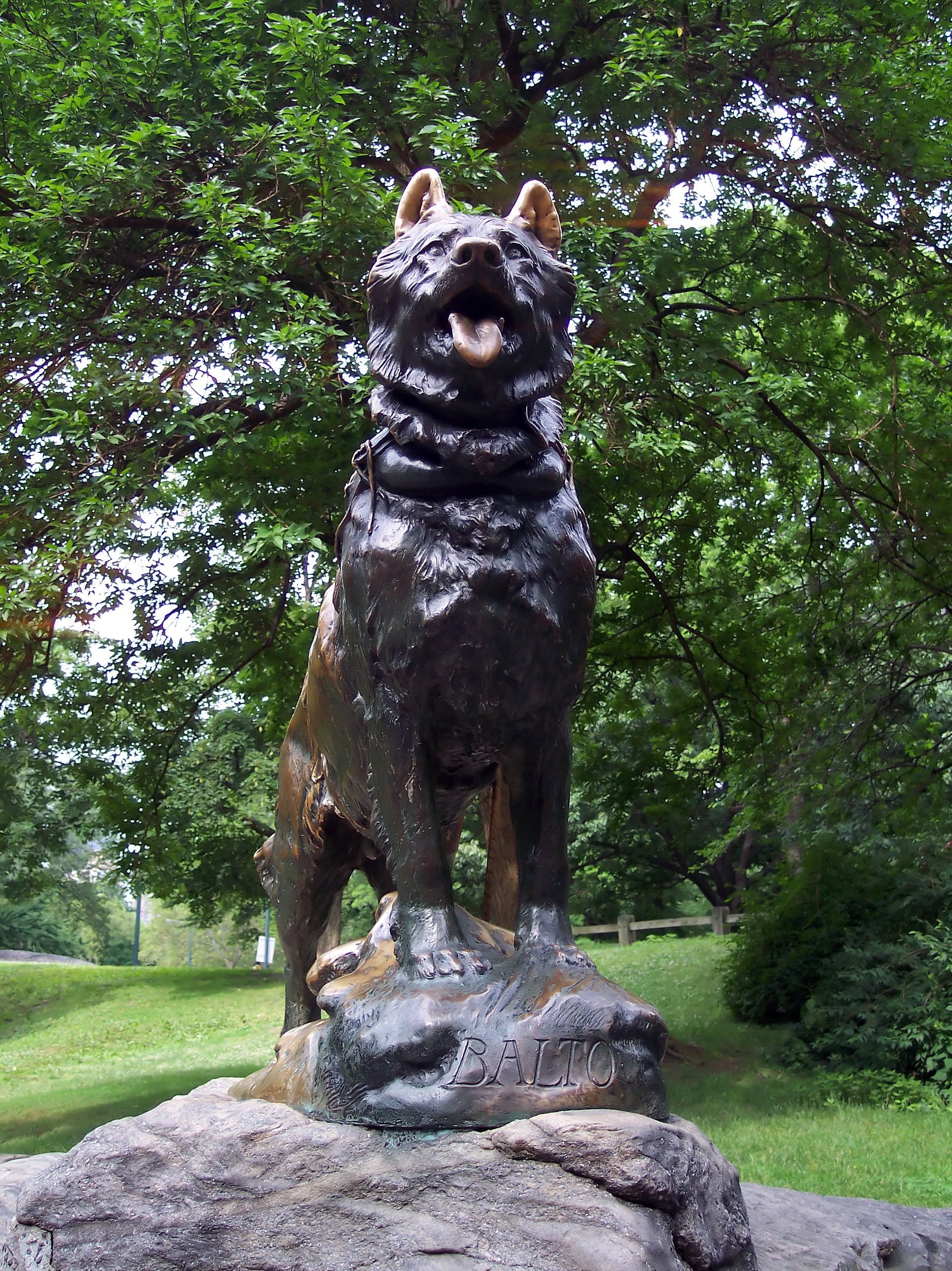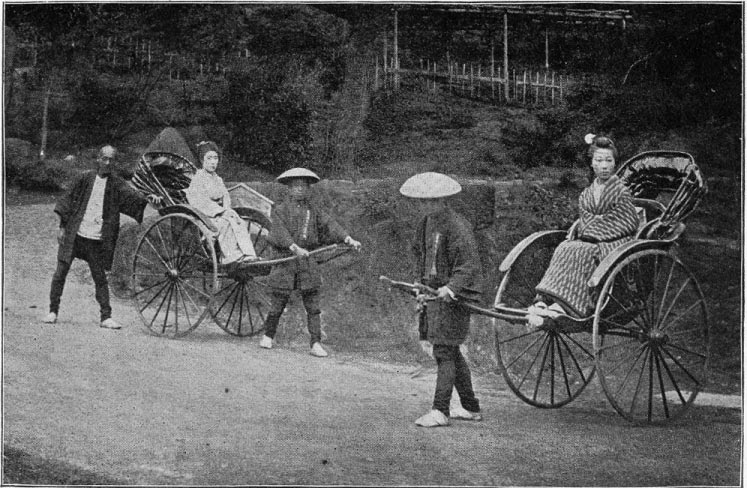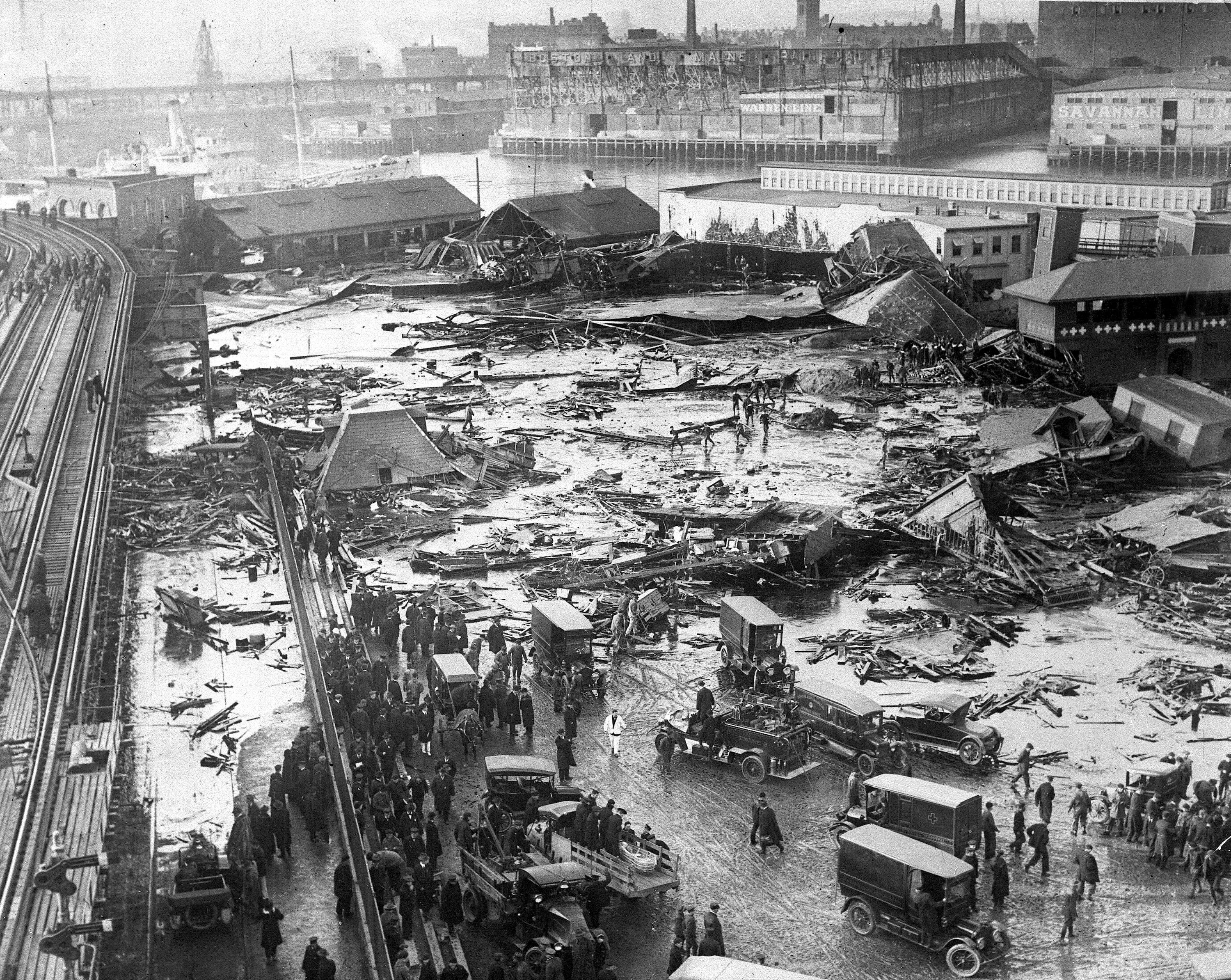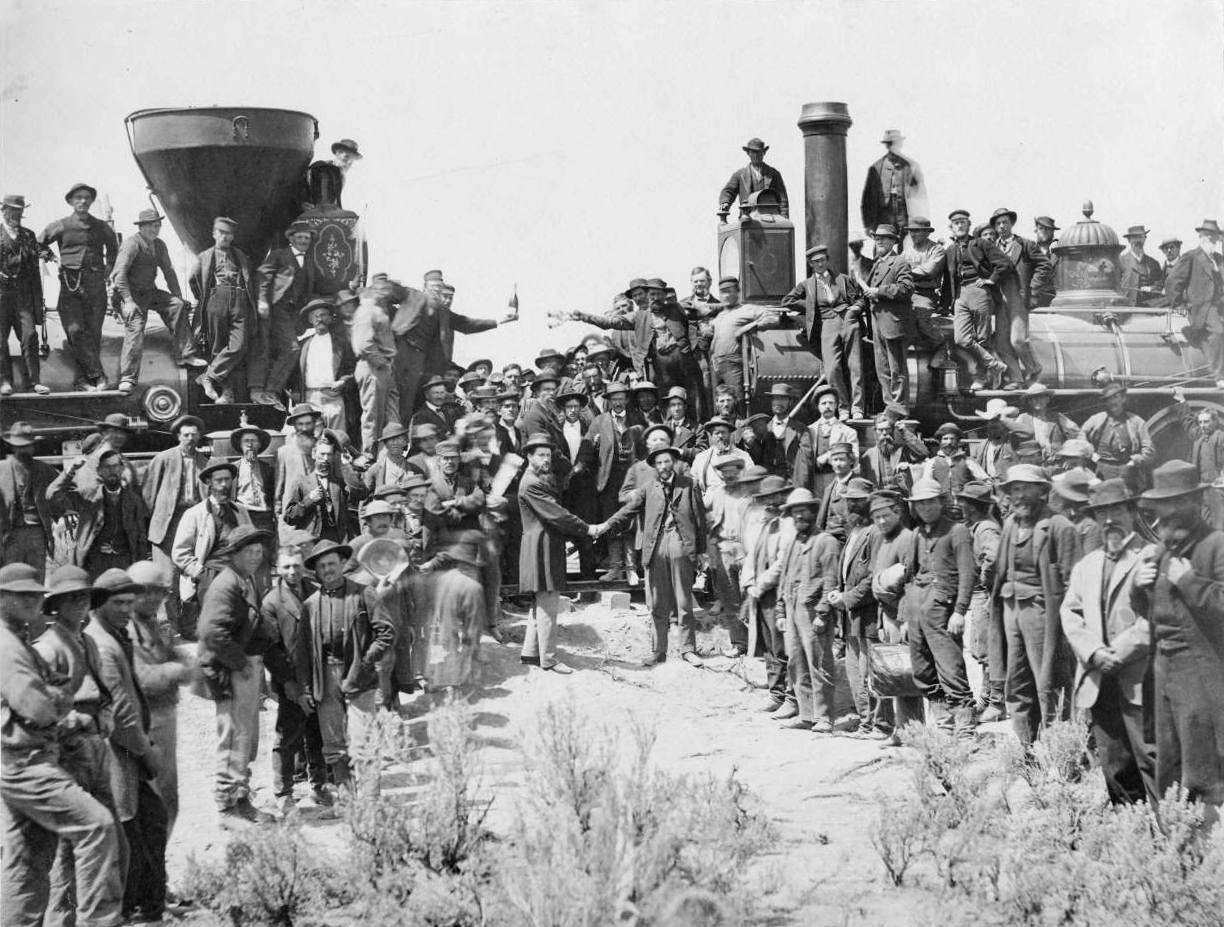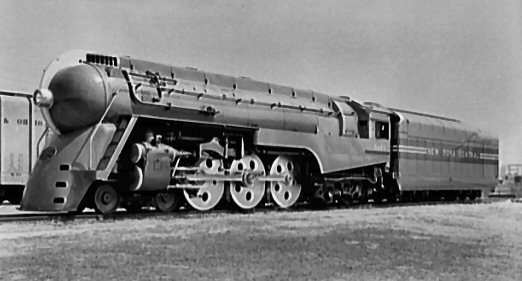The recent Chilean earthquake, registering a needle-shaking 8.8 on the Richter Scale, reminded me of a very famous historical event that happened well over a century ago today, but which is still mentioned in documentaries, in books, in school assignments and probably most famously, in a 1936 film starring Spencer Tracy and Hollywood tough-guy Clarke Gable. The film, appropriately called ‘San Francisco’, brought to the silver screen the true horrors of the 1906 San Francisco Earthquake and Fire, in such terrifying realism that it literally sent earthquake survivors stupid enough to watch the movie, to the hospital, suffering from panic-attacks. The film’s famous earthquake sequence, which was a true piece of special-effects wizardry in the mid 1930s, remains one of the most famous snippets of motion-picture entertainment history to this day.
But if something on the screen of a movie-theatre could send people running off in fright, what was the real event like? The one that took place thirty years before? Surely that must’ve been more terrifying than anything that Hollywood could produce, if even the mere artistic mention of it sent grown men and women fleeing from cinemas in the middle of a movie!
The Great Quake of 1906
The Great Earthquake of 1906 is one of San Francisco’s most famous natural disasters. A tremor that lasted only a few seconds reduced the famous coastal city to smoking ruins, killed thousands and left an entire city homeless. The raging fires that started after the earthquake subsided could challenge Chicago and London in terms of ferocity and terror. The destruction of the city was absolute, with only a few buildings left standing, but what was San Francisco like in the early 1900s?
The City by the Bay
San Francisco at the start of the 20th Century, just as it is now at the start of the 21st, was a bustling, exciting, modern city; a west coast melting pot of cultures, styles and nationalities. Built in the San Francisco Bay Area of California, San Francisco’s rapid growth, modernisation and rise in wealth was due in no small part to the California Gold Rush of the 1840s and 50s. The Rush had brought thousands of people to California, forcing San Francisco’s population to boom from about 500 people in the 1840s, to 410,000 people by the turn of the century. San Francisco boasted (and still does boast) the largest Chinatown in all of the USA. Its famous cable streetcar-system was iconic throughout the world, its steep streets were only for the athletic or the stupid to try and climb. Intelligent people rode the cablecars which were able to cope with the steep inclines.
Sourdough bread, with its distinctive, tangy flavour was invented in San Francisco at the turn of the century by immigrant bakers who settled there during the Gold Rush. The salty air around Fisherman’s Wharf interfered with the bread’s natural baking process, giving it a slightly sour and decidedly delicious flavour which the city is still famous for today. San Francisco was also famous for its idyllic and picturesque Victorian-style houses which ranged from narrow tenements and terraces to large, grand mansions, all painted distinctive and eye-catching pastel-shades and with their peculiar, angled bay windows. San Francisco was truly a modern, successful, popular and glamorous city. But all this was about to change.
A Rude Awakening
The earthquake that reduced San Francisco to rubble in 1906 struck at the unpardonably rude hour of 5:12am on the morning of Wednesday, the 18th of April, with a jolt so powerful that it threw many people right out of their beds! Modern seismologists now believe that the earthquake that struck San Francisco that morning registered a jaw-rattling 7.8 on the Richter Scale! An earthquake powerful enough to destroy buildings. Records from 1906 suggest that the vibrating lasted anywhere from twenty seconds to nearly a minute, clocking out at about forty-two seconds in total. While this amount of time would often come and go like a sneeze to most of us, when your whole house is shaking, it feels like a lot longer.
The earthquake caused untold levels of damage. Several buildings collapsed right into the street. The majority of San Francisco’s infrastructure was made of masonary or timber, materials not ideally suited for building in an earthquake-prone area. Many of San Francisco’s new ‘skyscraper’-style buildings were destroyed entirely, or were devoured by the flames that came later. San Francisco’s famous cable-car system was ripped up, twisted around and mangled beyond all practical use. Several lines were damaged beyond repair and many of the city’s iconic cablecars were destroyed in their barns when the structures either collapsed, crushing the cars inside, or caught fire, burning the vehicles where they stood.
A pair of classic, San Francisco Victorian terrace-houses destroyed in the earthquake
The death-toll from the earthquake was originally reported as small, a ‘mere’ 370-odd people had died. However, the true number was considerably higher, and is now believed to have been at least 3,000 or more. The damage to the city was thought to be about $400,000,000 (that’s four hundred million 1906 dollars). About $6-$7 billion dollars today.
The original earthquake was a real shaker. There were at least two aftershocks after it, which caused the next great disaster to strike the city in twenty-four hours.
San Francisco was riding high before the earthquake struck. It was the biggest, busiest and most prosperous city on the US. West Coast before the 18th of April. It was a marvellous and modern metropolis full of the all the latest gadgets and gizmoes, like electrical lighting, telephones, telegraphs, gas-mains and running water. The earthquake destroyed all of these. Power-lines toppled, cutting off telegraph communications, telephone communications and causing a citywide blackout. The rupturing gas-mains which sent natural gas to kitchens as well as the buildings which still used gas-lighting, meant that all it took was one spark to set off a bomb. The sparking electrical wires from downed telephone and telegraph wires soon set the gas on fire and within minutes, the rubble of the earthquake was burning out of control.

Photograph of Sacramento Street, San Francisco, 18th April 1906. At the bottom of the photo you can see the city’s famous cable-car tracks. In the distance, you can see the smoke from the fires that came after the earthquake
San Francisco’s fire-chief had been killed in the original earthquake. His hastily-organised replacement sent horse-drawn steam-powered pump-engines to the sites of as many fires as he could. But only then was the true nature of the disaster revealed.
The earthquake, apart from cutting out power, communications and gas-lines, had also ruptured the city’s water-mains! Taps, pumps and most importantly, fire-hydrants, were all bone-dry! Without any water on-hand to fight the growing fires, the blazes soon spread wildly out of control.
Martial Law and Disorder
The immediate aftermath of the earthquake left people dazed and scared. The world they knew, the world they lived in, socialised in, did business in, in some cases, the world which they grew up in, was suddenly wiped clean. In a world turned upside down, it was only a matter of time before there was a breakdown of law and order. With several unstable buildings around and the spreading fires, it was clear that something had to be done to preserve a sense of calm and order before riots, God forbid, broke out amongst civilians.

This painting shows the destruction of the city from the earthquake and fires. Here, soldiers help bring in food, clothing and other necessary supplies while others guard the supply-dump. Several privately-owned horses, carts, carriages and what few motor-cars there were, were all commandeered by the army or the police after the earthquake, to ferry important necessities into San Francisco
Soldiers from nearby garrisons were sent for and, in cooperation with San Francisco police-officers, US. Army soldiers patrolled the streets, aided the injured, searched for survivors and stood guard around important or unsafe structures to prevent people from entering them, either for purposes of looting, or for their own safety. The mayor declared martial law and instructed any and all soldiers, police-officers or other law-enforcement officers to shoot any persons found looting in the wreckage of damaged buildings. Several hundred people were shot for looting, although it’s theorised that several of these victims were actually home-owners trying to rescue their belongings and executed on the spot before they could offer an explanation for their actions.

This aerial shot of San Francisco was taken a few days after the disaster. It shows the sheer devastation of the fires and earthquake. The airplane having only recently been invented, this remarkable feat of photography was achieved with a camera and a kite!
Fighting the Fires
At most, the earthquake and aftershocks probably only lasted just over a minute, if that. The tremors caused widespread damage, downing power lines, cutting off telecommunications, rupturing gas and water lines, destroying streetcar lines and making roads impassable due to the rubble from collapsed or partially-collapsed buildings. Several famous structures, most notably, San Francisco’s City Hall (which, remarkably, stands to this day) were almost completely destroyed. Several of the city’s brand-new ‘earthquake and fireproof’ buildings (as they were billed as), mostly new skyscrapers, were all destroyed, either by the earthquake or the fires that followed.
Fighting the fires that resulted from the earthquake (due to ruptured gas-lines and sparking electrical wires) was a challenge, to say the least. The loss of running water to the city left the city’s firefighters with few options on how to combat the several infernos that were rapidly growing around the city. To try and at least contain the flames, firefighters, in cooperation with policemen and soldiers sent in to help with relief efforts, used dynamite and gunpowder from nearby army bases to blast their way across town. Buildings big, small, rich, poor, stately and slovenly were all dynamited indiscriminately in an effort to construct a containment line through the city to halt the spread of the fires. Many people had to be forcibly evicted from their houses that happened to be in the way of the dynamite’s path. Many fine, Victorian-style mansions and townhouses that lined San Francisco’s rich residential district…appropriately called “Nob Hill”…were blown to pieces in an effort to stop the fires’ advance. The lack of water meant that the fires burned for three days before they could finally be controlled.
In an amazing spate of mass-arson, several homeowners went about torching their homes, which probably contributed to the fires’ later ferocity. In San Francisco, buildings could, for rather obvious reasons, not be insured against earthquake damage. However, several of them were insured against fire damage. Citizens wanting to try and get some money out of the disaster deliberately set fire to their own houses to claim their fire-insurance payouts.
Search and Rescue
Immediately after the aftershocks, stunned and dazed San Franciscans, police-officers, doctors, firefighters and soldiers started raking through the rubble to try and dig out survivors. Massive refugee camps and field-hospitals were set up on the outskirts of San Francisco to house the homeless and to treat the wounded. Remarkable stories of madness, bravery and foolhardiness spouted from every mouth. One story told of a group of passers-by who ganged together when they heard shouts coming from a collapsed building. They removed some of the rubble and found a man under the wreckage. Efforts to remove the rest of the rubble were in vain, despite the concerted strength of the rescuers present and the man remained trapped to his waist in the rubble. The approaching fires caused many to run for their lives, leaving the man to his unhappy fate, while others continued to try and pry the man free. Pulling him was a waste of time, but they lacked the heavy-lifting equipment or any ropes or jacks to get the rest of the wreckage off of him. Finally, it all came to a head when the fire reached the collapsed building. The man became increasingly frantic, claiming he could feel the flames burning at his shoes, socks and trouser-legs. Desperate not to burn to death, he urged his would-be rescuers to keep trying. A policeman, one of the men at the scene, finally decided that it was hopeless. The man, terrified of his fate, begged to put to death. Rather than let the man burn to a crisp in full consciousness, the policeman took out his notebook, wrote down the man’s personal details and then shot him through the head with his service-revolver.
Furniture, clothing and personal belongings were not the only things that people ran out of their houses with or ran back to retrieve after the earthquake. One story tells of a waiter at San Francisco’s famous Palace Hotel. The earthquake had damaged the hotel’s refrigeration system and the waiter could be seen outside the gutted and quake-damaged structure, handing out free bottles of champagne to passers-by. He probably reasoned that nobody else would drink it anyway, so he might as well give it away.

While it survived the earthquake fairly undamaged, fires gutted the luxurious Palace Hotel in San Francisco. The Victorian-era facade was salvaged from the disaster and the hotel was rebuilt and reopened a few years later. It stands to this day as one of San Francisco’s finest hotels. Soldiers and policemen can be seen outside the flaming structure in this photograph taken after the earthquake

The Garden Court Tea Room in the restored Palace Hotel, as it appears today
Hot off the Presses
News of the San Francisco earthquake spread around the USA and around the world as fast as cables could take it. Within twenty-four hours, telephones were ringing off their hooks and telegraph lines were jammed with Morse Code messages telling the world of the disaster. Newspapers flashed the earthquake all over their front pages and petitions and notices for relief were sent out all over America. Donations of food, clothing and money for rebuilding flooded in.

“Earthquake and Fire: San Francisco in Ruins” this headline from Apr. 19th says. Below, smaller headlines read: “No Hope Left for Safety of Any Buildings”, “Blow Buildings up to Check Flames”, “Whole City is Ablaze”, “Church of St. Ignatius is Destroyed” and “Mayor Confers with Military and Citizens”
Rebuilding San Francisco
San Francisco had lasted where it was for sixty years before the earthquake happened, and damn it, it was going to last another sixty years. Reconstruction of the city was remarkably swift. By 1915, it was back on its feet again, despite the city looking like it had been hit by a nuclear bomb! Relief, charity and donations for the earthquake’s victims came in thick and fast. Over five million dollars (in 1906) was raised to help San Francisco and its citizens. Wealthy companies and America’s rich and famous of the early 20th century all donated phenomenal sums of money. Andrew Carnegie, for whom Carnegie Hall is named, donated the then staggering sum of $100,000. And he was just one of many people who sent in mindboggling donations to help the city rebuild. The US. Government alone sent in a million dollars, while entire cities and countries, from Canada to as far away as England, raised hundreds of thousands of dollars in relief-funds.
The official death-toll from the earthquake stood at about 3,000 people. It was most likely a lot more than that, since some deaths probbaly went unreported. A lot of things changed after 1906. San Francisco’s famous cable-car system was much reduced, its Chinatown experienced a massive boom in population. The destruction of citizenship and immigration records during the earthquake created a delicious legal loophole for San Francisco’s oriental population, who all rapidly claimed American citizenship, allowing them to jump around the then in-effect “Asian Exclusion Act”, which allowed them to bring their families and relations to America to live with them. San Francisco’s bustling Chinatown remains the biggest in the USA to this day.
The famous Coit Tower was constructed after the earthquake, specially designed to be shaped like a fire-hose nozzle to commemorate the efforts of the firefighters who fought and died during the battle against the flames.

Coit Tower, San Francisco
